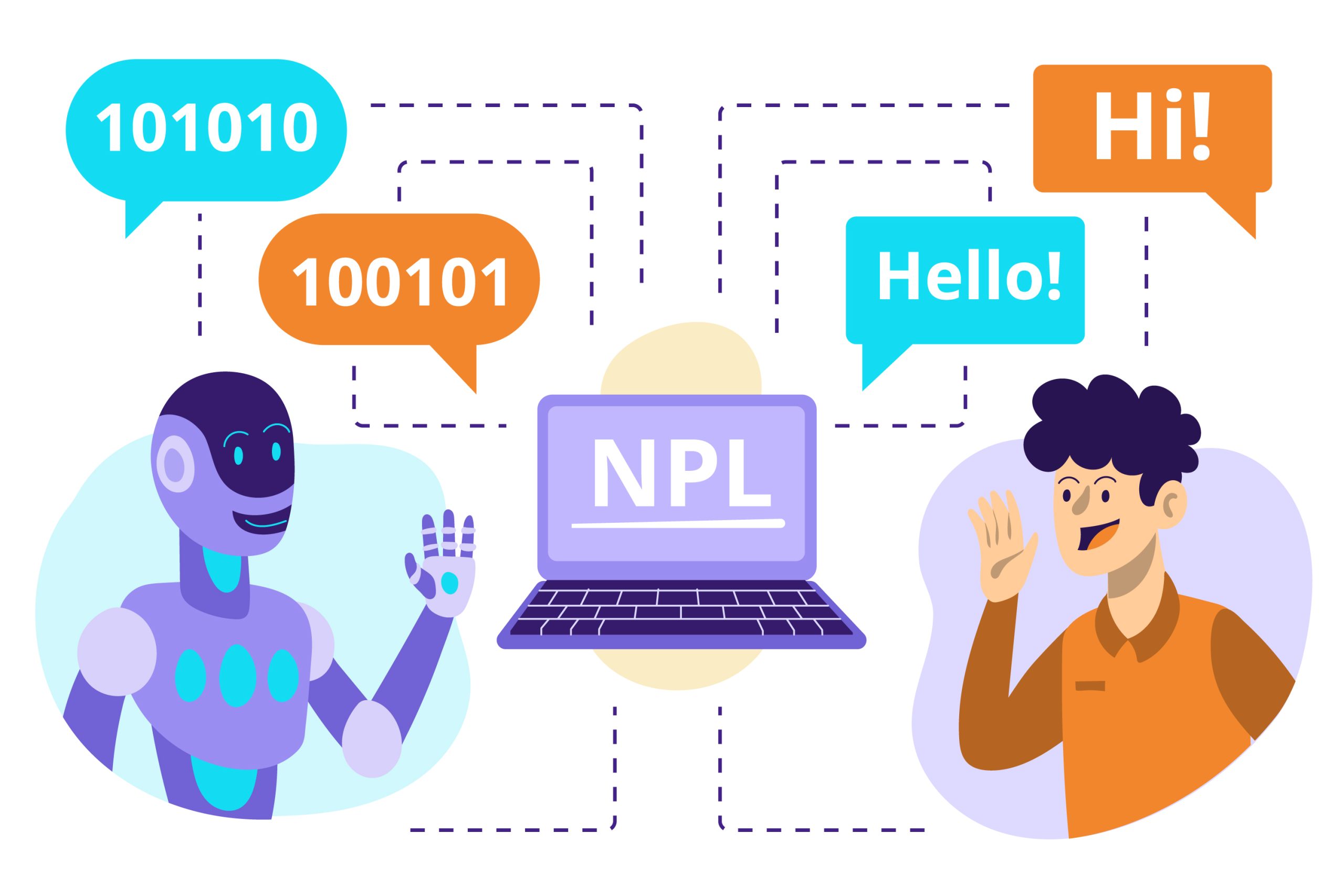In a world deeply ingrained with technology in our everyday lives, Natural Language Processing (NLP) software stands out prominently as a game-changer.
Today, let’s delve into the top tools for natural language processing software to watch for in 2023, focusing on their functionalities, capabilities, and efficiency in serving various industries and users.
Summary
- Understanding Natural Language Processing
- Major Players in 2023’s NLP Field
- Utilization of NLP in Different Sectors
- What to Look for When Choosing NLP Software
- New Emerging Trends in NLP
Understanding Natural Language Processing
Natural Language Processing, or NLP as it’s more commonly known, delves into our most often-used data format: language. People liken it to solving a complicated puzzle, teaching machines to understand and interpret human language.
This branch of artificial intelligence breaks down language into shorter, elemental pieces, tries to understand relationships between the pieces, and explores how these pieces work together to create meaning. NLP is pivotal in automation, content analysis, and data-driven decision-making.
Major Players in 2023’s NLP Field
Experts predict that various NLP tools will shine brightly in 2023. At the top of the list sits Google’s Cloud Natural Language. As a part of Google’s cloud-based offerings, it provides a set of APIs to analyze and parse human language.
Following close is IBM Watson Natural Language Understanding, packed with features that other tools struggle to compete with, including sentiment analysis, emotion detection, and named entity recognition.
Microsoft Azure Text Analytics stands as another force to reckon with, providing impeccable text analytics functionalities that include language detection, key phrase extraction, and named entity recognition.
“You don’t just want an algorithm. You need the entire ecosystem that understands your workflow and fits in with the people who will use it. This is where leading NLP tools have the upper hand,” notes Dave Lerner, a prominent Silicon Valley technologist.
Utilization of NLP in Different Sectors
Several industries are making the most of NLP. Modern businesses use NLP for interpreting communications such as emails, phone calls, and technical documentation. Financial companies use NLP software to monitor news and social media to predict market trends.
NLP is even finding its footing in healthcare. By studying patients’ speech patterns, NLP can help doctors detect underlying health issues.
What to Look for When Choosing NLP Software
All NLP software isn’t created equal. Here are some pointers on what you should be eyeing to extract the maximum value:
- Data Compatibility: The preferred software should be compatible with your business’s specific data source.
- Text Analysis: The main goal of NLP is to extract meaning from language; hence, your chosen software should excel in this.
- Support and Training: Opt for software that offers prebuilt NLP tools and training to make the integration process smoother.

New Emerging Trends in NLP
Last but not least, stay tuned for emerging trends in the NLP space. Of special mention is the integration of NLP with Automation and AI, set to bring about a wave of innovation. Expect more advanced applications, more languages covered, and increased accuracy.
Quoting Patricia Hodgson, a leading R&D manager: “The quest for a deeper, more contextual understanding of human input is at the center of every new NLP innovation.”
Wrap-up
Natural Language Processing, including its tools and applications, is not just here to stay; it’s here to evolve and redefine how we interact with technology. For those vested within the tech industry, staying in step with NLP trends could prove incredibly potent in 2023 and beyond.
- The Agentic Startup Manifesto - June 8, 2025
- Remote Hiring in 2025 - April 5, 2025
- Burnout in Remote Teams: How It’s Draining Your Profits - January 27, 2025
